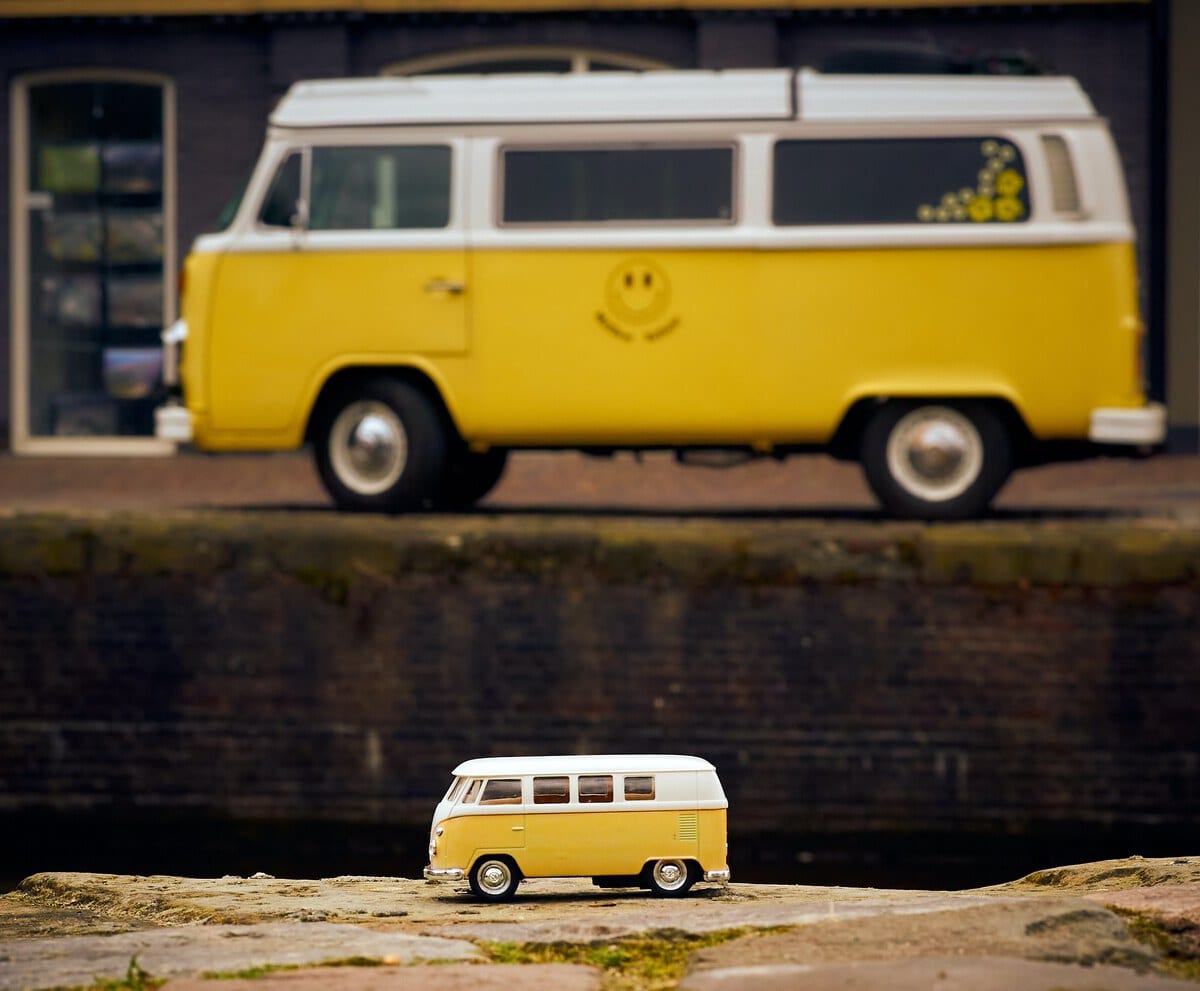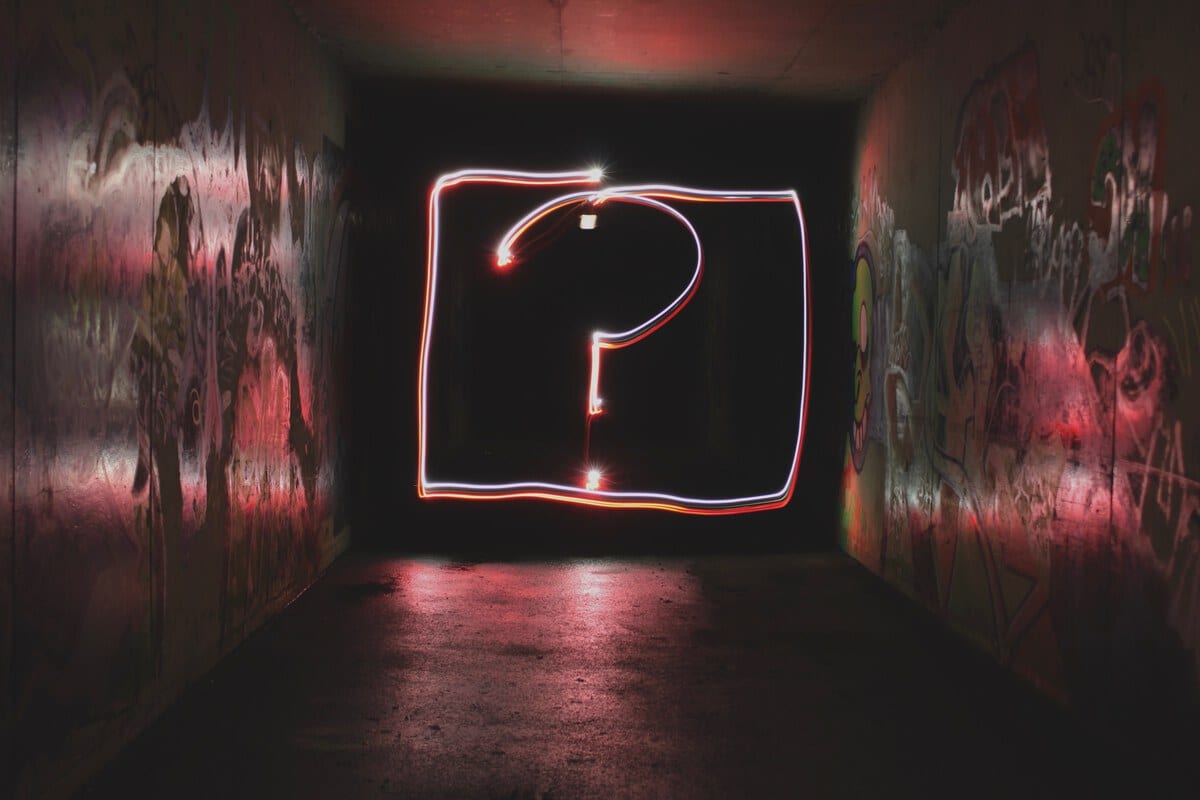When it comes to wine, size matters - Part I

Photo by Alexei Maridashvili
In wine, size matters. Simple.
From the bottle to the barrel & yield, size needs consideration.
In fact, the subject is so ample and complex that I’ll better split this article in two parts. 😅
I’ll leave the barrel and the yield to part two. For today I’ll tackle the most obvious aspect; the bottle.
In fact, let’s talk the glass for a second.
Here, things are simple. At least in the anglophone world.
In a bar or restaurant you can pick among a small (125 ml), medium (175 ml) or large (250 ml) glass. Your choice will determine how straight, relaxed or rather jolly you’ll feel after. True fact.
Other fact; 250ml is a third of a bottle people… not just ‘a glass’. It’s Maths!
But let’s get serious now and back to my point.
Size is such an important factor in wine.
Unfortunately there are often myths around it. Sometimes size’s influence is simplified. Other times, size is misunderstood.
Is big better? Or is small the way to go?
Is a “big” wine always a great wine? Or do all good things come in small packages?
It’s all quite confusing, like many things in wine. Think German wine labels… 🙄

Photo by Matthew Henry
So… What’s the relationship between “size” and wine quality?
Let’s discuss the bottle
We are all familiar with the concept of a magnum, it’s a bigger bottle.
It holds 1,5 liters of wine.
If we want to go bigger we move to a jeroboam (holding 3 liters). The next step up is a rehoboam (4,5 liters). We then find a mathusalem (6 liters)… The scale continues to the midas (30 liters).
How would anyone manage to pour a glass from there is still a mystery to me. Then again, a true wine lover is almighty!
The majority of us, the majority of times, will drink from a “normal” 750 ml wine bottle.
Occasionally we may be sipping a glass poured from a Magnum or a Jeroboam.
So, assuming these vessels contained the same wine, would it actually taste the same?

Photo by Emily Morter
No, of course not. I wouldn’t have started saying that size matters otherwise 😅!
Bigger = Youthful
The bigger the bottle the slower will the wine age in it.
The reason? The amount of wine held in a bottle and in a magnum is very different. Yet the ullage, ie the surface of cork in contact with the wine, is the same. This is the space through which oxygen reaches the wine in the bottle.
So the amount of oxygen penetrating the bottle won’t change. What will change in a magnum, jeroboam or rehoboam is the ratio of oxygen to wine that will come in contact with it. That is less oxygen as the format gets bigger. Maths again…
And since wine aging is determined by oxidation and that is caused by oxygen, there you have it! Wine stored in a bigger bottle will age more slowly.
As a rule of thumb, wine that ages more slowly will develop more complexity. That is good of course.
As long as we are willing to let our wine age longer.
It’s a matter of perspective.

Photo by Anika Huizinga
With bubbles, more is more
Let’s talk bottle again.
Let’s consider bubbles. Those produced with the traditional method though. I’m talking about Champagne, Cava, Franciacorta, Trento DOC, Espumante…
Firstly, the same story about the ullage applies to sparkling wine bottles too.
Not only that, the effects seem more pronounced in sparkling wine.
Bubbles seem to age much better and longer in bigger format bottles. Why is that it’s still quite unsure. Some hypothesis suggest that the carbon dioxide acts as a further preservative to the wine.
But there is more to traditional method sparkling wine.
After the first fermentation, these wines are bottled together with the liquer de tirage (wine plus sugar and selected yeast).
The yeasts munch on the sugar.
This increases the level of alcohol of the wine and creates CO2, the celebrated bubbles!

Photo by Nick Fewings
Once they have consumed all the sugar the yeasts die and decompose.
Yucky? Not really.
It’s decomposed yeast that gives the wine that bready, fragrant, buttery character we all love in great sparkling wines.
You may be thinking
What the hell does all this have to do with size?
Well, in a magnum there is more glass surface to wine.
So there is more lees (the fancy name for dead yeast) in contact with the wine during the so called autolysis. That means that the wine will “absorb” a greater amount of those yummy, bready, buttery, round notes that the yeast is responsible for.
In a bigger bottle, with more decomposing yeast around, wine will (more slowly) mature to be more complex and structured.
So when it comes to bubbles bigger IS better?
Not necessarly.

Photo by Aarón Blanco Tejedor
First, a magnum opened too young is likely to be too fresh, lacking fruit and roundness. Think 5 years from disgorgement at least!
Secondly, in traditional method the second fermentation is only carried out in bottles (750 ml) and magnums (1500 ml).
Let’s say you drink Champagne poured from a rehoboam. You are drinking wine which underwent the second fermentation in a bottle and was then transfered into a rehoboam.
So beyond the magnum, the complexity of the wine you drink has nothing to do with the size of the vessel it comes from!

Photo by Juan Rumimpunu
As promised, it’s all rather nuanced.
Not everything is red or white (pun intended 😅). There is much food for thoughts and for now we’ve only scrached the surface…
Today we looked at the size of the bottle. Stay tuned to read more about how the size of the barrel and yield affect the wine you sip!
